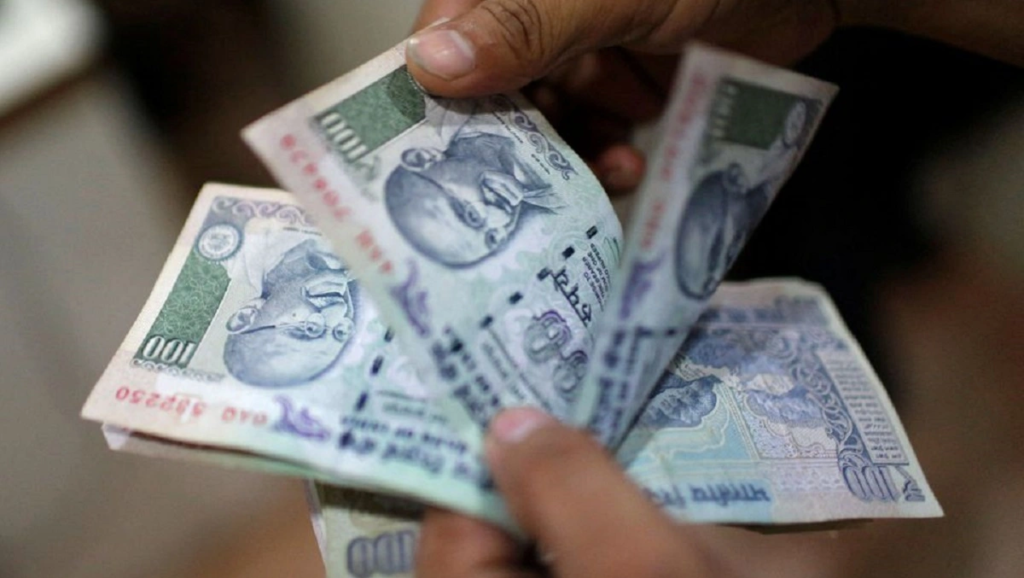The gap between exports and imports rose to $22.12 billion in May which is the widest in five months, the Ministry of Commerce and Industry said. This is higher than the estimates by Bloomberg survey which predicted a deficit of $16.5 billion and compares with a $15.24 billion gap in April.
Experts and economists said that India’s trade deficit widened in May 2023 after shrinking to a near two-year low in April on the back of resilient domestic demand and weakening global demand. “Relatively resilient domestic demand and weakening global demand drove the trade deficit to a five month high in May 2023 as imports rose sequentially even as exports remained flat,” said Garima Kapoor, Economist, Elara Capital. The gap between exports and imports rose to $22.12 billion in May which is the widest in five months, the Ministry of Commerce and Industry said. This is higher than the estimates by Bloomberg survey which predicted a deficit of $16.5 billion and compares with a $15.24 billion gap in April.
India’s overall exports (Merchandise and Services combined) in May 2023 is estimated to be at $60.29 billion, showing a negative growth of (-)5.99 per cent over May 2022, while the overall imports in the month is estimated at to be $70.64 billion, at a negative growth of (-)7.45 per cent over May 2022. India’s merchandise exports fell 10.3 per cent to $34.98 billion in May and imports contracted 6.6 per cent to $57.1 billion. The merchandise trade deficit for April-May 2023 was estimated at $37.26 billion as against $40.48 billion during April-May 2022. Meanwhile, services exports were estimated at $25.30 billion as against $25.13 a year ago and services imports were at $13.53 billion in comparison to $15.20 billion in May 2022.
“While lower commodity prices led to a 6.6 per cent YoY contraction in merchandise imports in May 2023, some key items such as iron and steel, machine tools, machinery, electronic goods, fertilizers and pharma witnessed a YoY expansion, which led to a sequential rise in overall imports, thereby taking the merchandise trade deficit to a five-month high of $22.1 billion in that month from $15.1 billion in April 2023,” said Aditi Nayar, Chief Economist and Head Research and Outreach, ICRA Ltd. She further maintained that the month of May typically tends to see higher imports of several items like fertilizer, gold, fuel, etc. in comparison to April.
According to the ministry statement, under the merchandise exports, 13 of the 30 key sectors exhibited positive growth in May 2023 in comparison to the same period last year. “These include Electronic Goods (73.96 per cent), Other Cereals (67.96 per cent), Oil Meals (52.91 per cent), Spices (49.84 per cent), Iron Ore (48.26 per cent), Oil Seeds (25.02 per cent), Fruits & Vegetables (19.91 per cent), Ceramic Products & Glassware (17.36 per cent), Rice (14.27 per cent), Tea (8.81 per cent), Cashew (2.81 per cent), Coffee (1.71 per cent) and Drugs & Pharmaceuticals (0.78 per cent).
“The marginal slowdown in exports can be explained by the global slowdown as the world expected to grow at around 2 per cent,” said Sarad Chandra Shukla, Director, Mehta Equities Ltd while adding that one should not read too much into monthly data.
Meanwhile, Suman Bannerjee, CIO, Hedonova, said, “The lower export numbers is because India has exported around $2 billion worth of consumer goods for which it had not received payments. Russia is currently burdened under Western sanctions and under its latest treaty, Russia is currently paying for those using letters of credit instead of a cash payment, the former of which materialises normally after 90 days gestation period. The deficit in exports will reflect next quarter.” Suman Banerjee also stated that imports were down because the rupee is weak against the dollar.
Going forward, Garima Kapoor said, “Along with merchandise exports, expected moderation in IT services exports due to uncertainty around advanced economies growth is a risk to watch out for. On the positive side, continued decline in commodity prices, limited upside to crude oil prices and structural uptick in business services inflows amid mushrooming of Global Captive Centres are key positives. We project FY24E CAD at 1.2-1.3 per cent of GDP vs 1.7-1.8 per cent in FY23E.”
According to ICRA, the CAD is likely to widen to ~$10-12 billion in Q1 FY2024 from ~$2 billion expected in Q4 FY2023, while remaining manageable at ~1.2 per cent of GDP.”

Source:financialexpress.com


